Queen innocent over dismissal, Kerr misled palace: Keating
The architect of Australia’s push for a republic Paul Keating rejects claims the Queen was implicated in the dismissal.

The architect of Australia’s push for a republic, Paul Keating, repudiates as “tilting at shadows” the revisionist history that claims the Queen was implicated in the 1975 dismissal of the Whitlam government.
Rejecting conspiracy theories about the Queen’s complicity that have attracted support in recent years, the former prime minister said the Queen had “never contrived, on this occasion or others, over the long course of her reign, to undermine governments”.
Mr Keating said claims that she engaged with governor-general John Kerr to terminate the Whitlam government were “given the lie” by his own knowledge of the Queen, notably her immediate acceptance of his advice as prime minister that Australia should become a republic, delivered in 1993 during their meeting at Balmoral.
He said it was the governor-general who misled Buckingham Palace in 1975. “Kerr usurped the kingly powers reserved to a monarch, unused for centuries, and made the palace hostage to his plans” Mr Keating said.
He made his comments in an interview and also in the foreword to The Truth of the Palace Letters: Deceit, Ambush and Dismissal in 1975. Our new book, published by Melbourne University Press, is based upon the release by the National Archives of Australia of the correspondence between Sir John and the palace, and buttressed by more than 100 pages of additional new documents, as well as interviews.
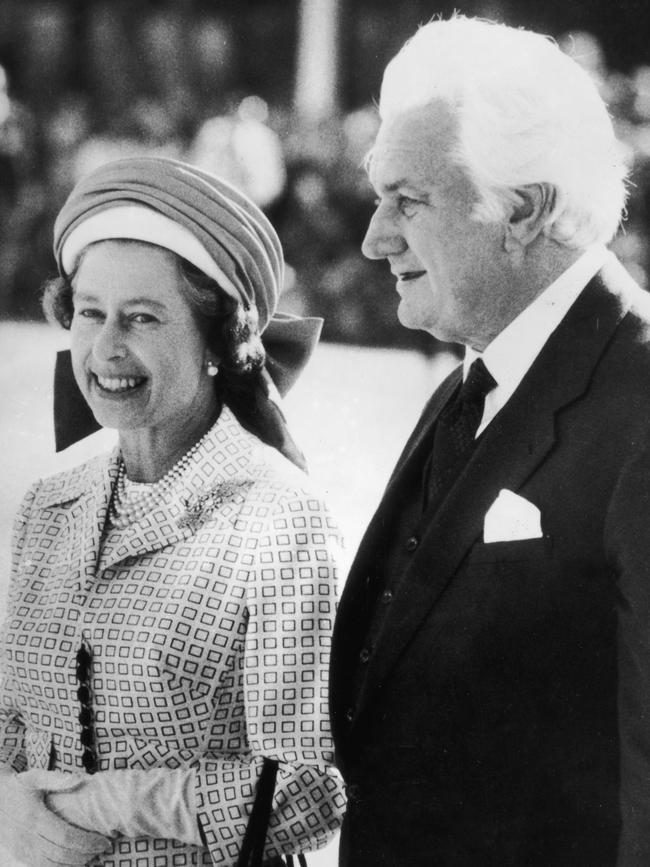
While he is a committed republican, Mr Keating made clear his respect for the Queen, saying she sought always to do her duty by Australia. He warned republicans that accusing the Queen of complicity in Whitlam’s dismissal would only undermine their cause.
A line of former Labor leaders, also interviewed by the authors, rejected in varying degrees any notion of the Queen as an agent of, or influence in, Whitlam’s dismissal.
Former governor-general Bill Hayden said the palace kept “well away from the blue that was going on out here”.
West Australian Governor Kim Beazley said: “There’s not a jot or a tittle to indicate that the Queen approved of it.”
Former Labor leader Simon Crean said: “I don’t think she can be implicated in the dismissal.”
Immediate past ALP leader Bill Shorten said that, while the tone of the letters between Sir John and the palace was “unwise”, there was no confirming evidence that the Queen knew of the dismissal.
Mr Keating’s rejection of any motive or action by the Queen in approving or supporting the Whitlam dismissal is emphatic.
“The idea that the Queen may have wished or actively conspired in arrangements with Sir John Kerr to affect a party political outcome in Australia amounts to no more than tilting at shadows,” he writes in the foreword.
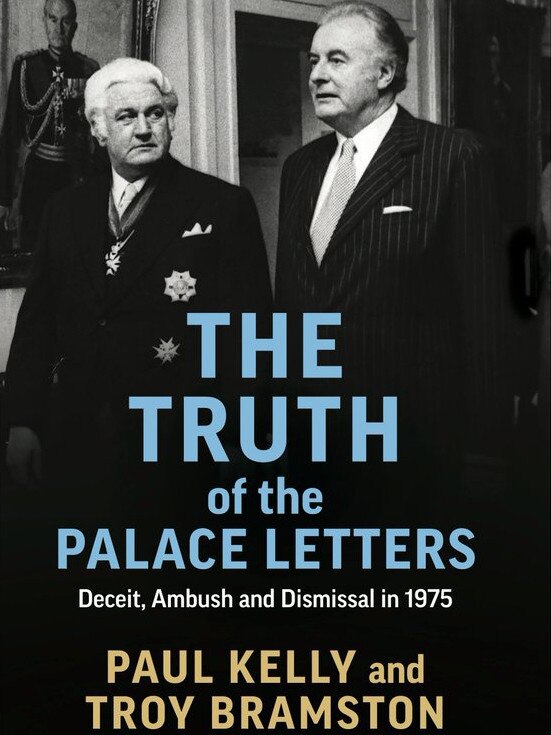
Elaborating in the interview, Mr Keating said: “I think it is a mistake by the republican movement to suggest, in some way, we should move to become a republic because the Queen was trying to use an old power through the cats paw of the governor-general.
“I don’t believe the Queen ever thought this or was culpable about this or was culpable in 1975.”
Having reviewed the correspondence and additional documents, the authors conclude that Buckingham Palace offered neither a “royal green light” nor encouragement for the dismissal.
Indeed, the Queen’s private secretary, Martin Charteris, warned Sir John in the most explicit terms against any premature intervention and counselled him to pursue solutions that did not involve the exercise of the reserve powers of the crown.
Mr Keating said responsibility for the dismissal lay with the governor-general, not the Queen. He said: “What the recent release of letters between Sir John Kerr and Buckingham Palace reveal is Kerr’s concomitant ruthless management of the Queen’s office and, with it, his arrant disregard of the Queen’s need of constitutional impartiality and the danger he had cast for her, as monarch.”
The attitude of the palace before the dismissal was to avoid becoming involved in Australia’s constitutional crisis and to rely upon the governor-general’s discretion for any exercise of monarchical influence or powers in Australia. The dynamic in relations between the palace and Yarralumla is that the palace was hostage to the governor-general.
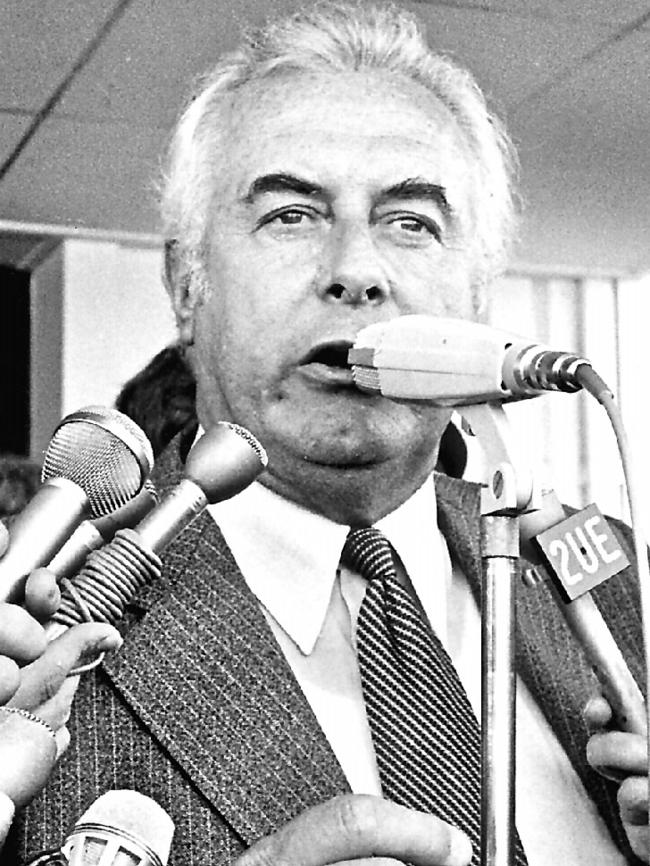
Mr Keating said that in his 1993 conversation with the Queen at Balmoral, after she accepted his advice on the republic, he promised her that “it was not my wish nor the government’s to involve her in any way in the current debate — in a way that would be detrimental to her personally or to her position as Queen of Great Britain”.
This was not an idle remark. It reflected Mr Keating’s conviction that the case for an Australian republic must focus on the nation’s future and that criticising the Queen would only alienate people. Mr Keating said the Queen listened to his 1993 advice on the republic with grace and acceptance.
“I will, of course, take the advice of Australian ministers and respect the wishes of the Australian people,” the Queen said.
And Mr Keating replied: “We would expect no less of you and ask no more.”
Mr Keating said there was “no case for the Queen or her family to have been part of the 1990s republican debate”.
“It’s a debate we should not have in the negative, that is, to remove the Queen of Great Britain,” he said. “It should be an affirmative debate about having an Australian person as our own head of state.”
Yet the current Labor Party clings to the idea that the Queen is implicated in the Whitlam dismissal, a position Whitlam never accepted.
After the Buckingham Palace letters were released, legal affairs spokesman Mark Dreyfus and assistant spokesman on the republic Matt Thistlethwaite released a joint statement saying: “What these letters reveal is that our unelected head of state, on the other side of the world, was advising the governor-general on how to remove our elected prime minister — and never once thought to tell the elected prime minister what was being planned.”
This statement is not substantial by the letters. The palace never advised Sir John on how to dismiss Whitlam. The letters reveal the governor-general never disclosed to the palace any of the elaborate steps in his secret plan to dismiss Whitlam.
It is now 45 years since the dismissal and Labor has embraced a plot implicating the Queen as part of its historical understanding of the 1975 constitutional crisis, a step Whitlam, Bob Hawke and Mr Keating never entertained.

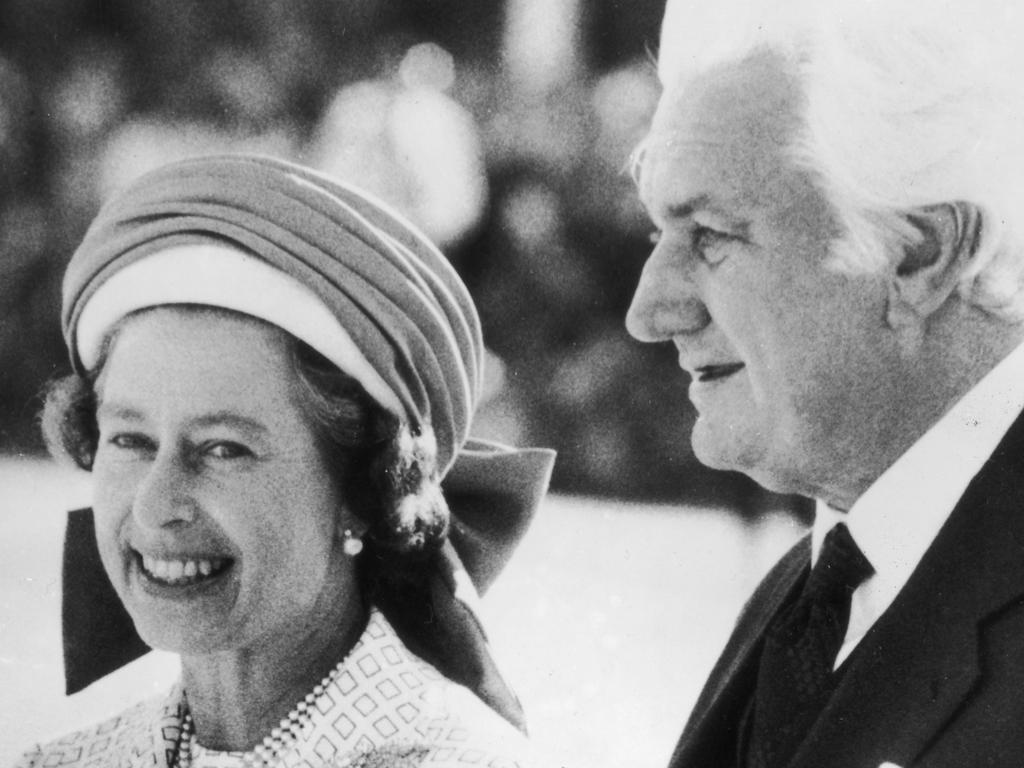
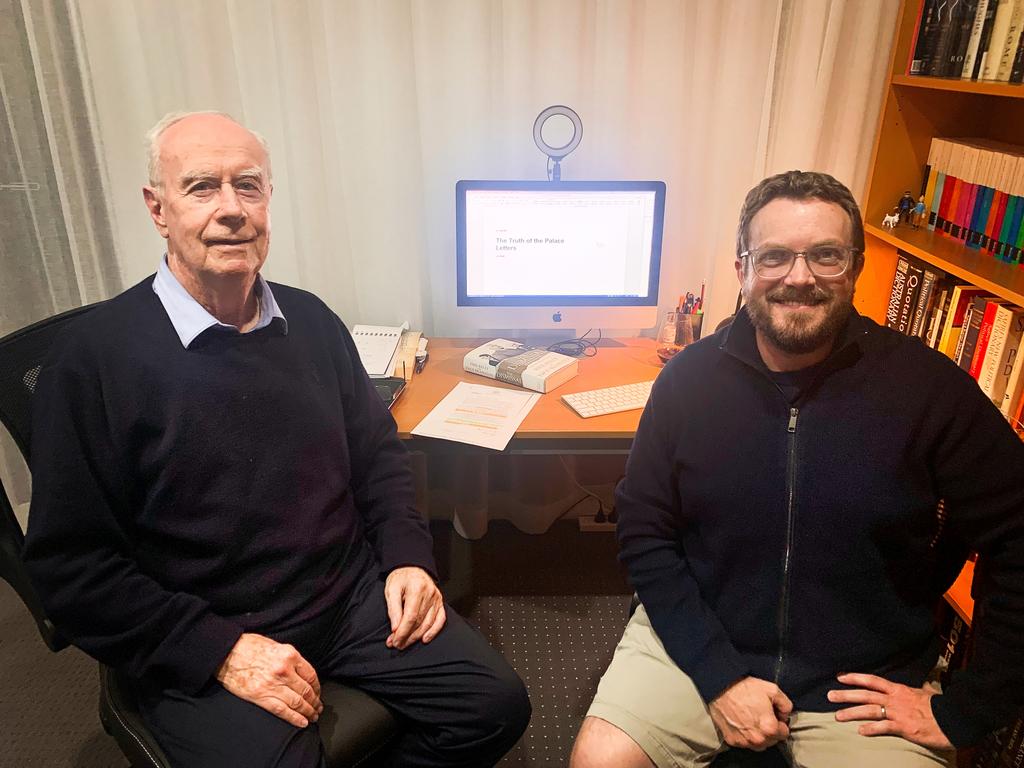
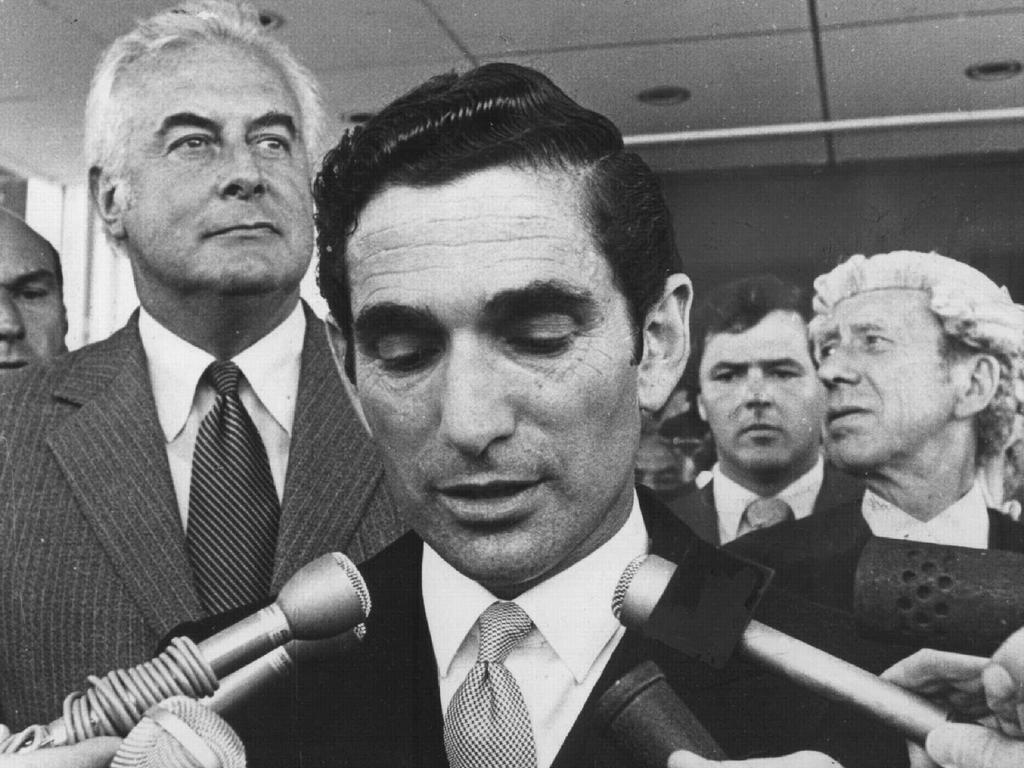
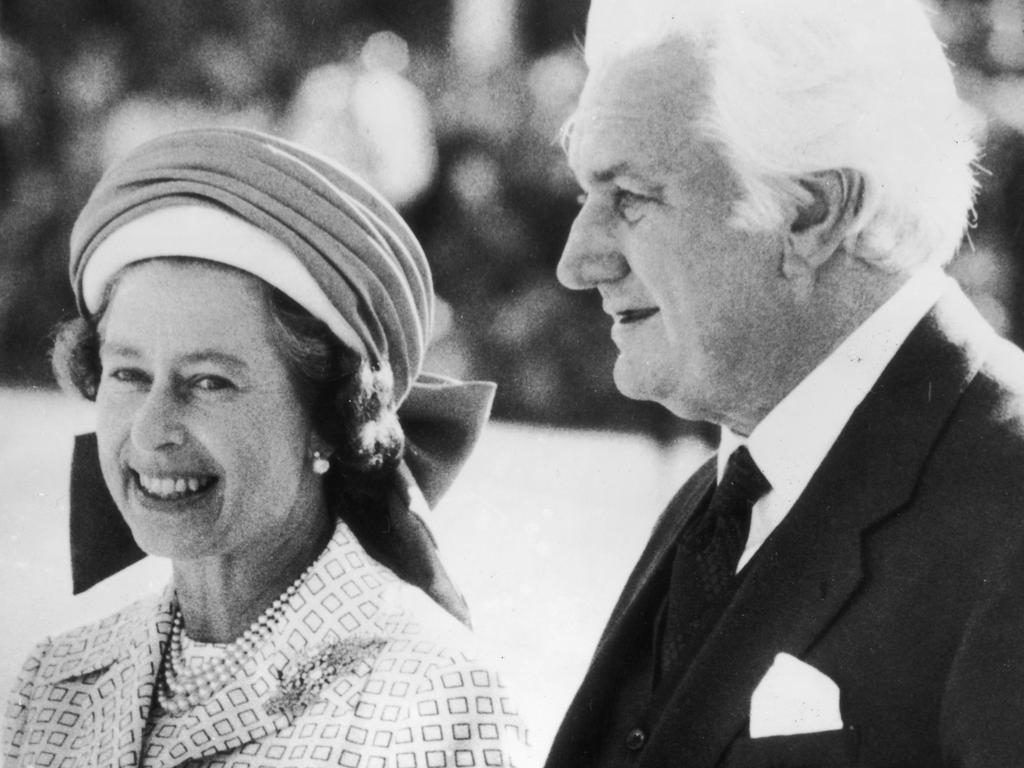


To join the conversation, please log in. Don't have an account? Register
Join the conversation, you are commenting as Logout